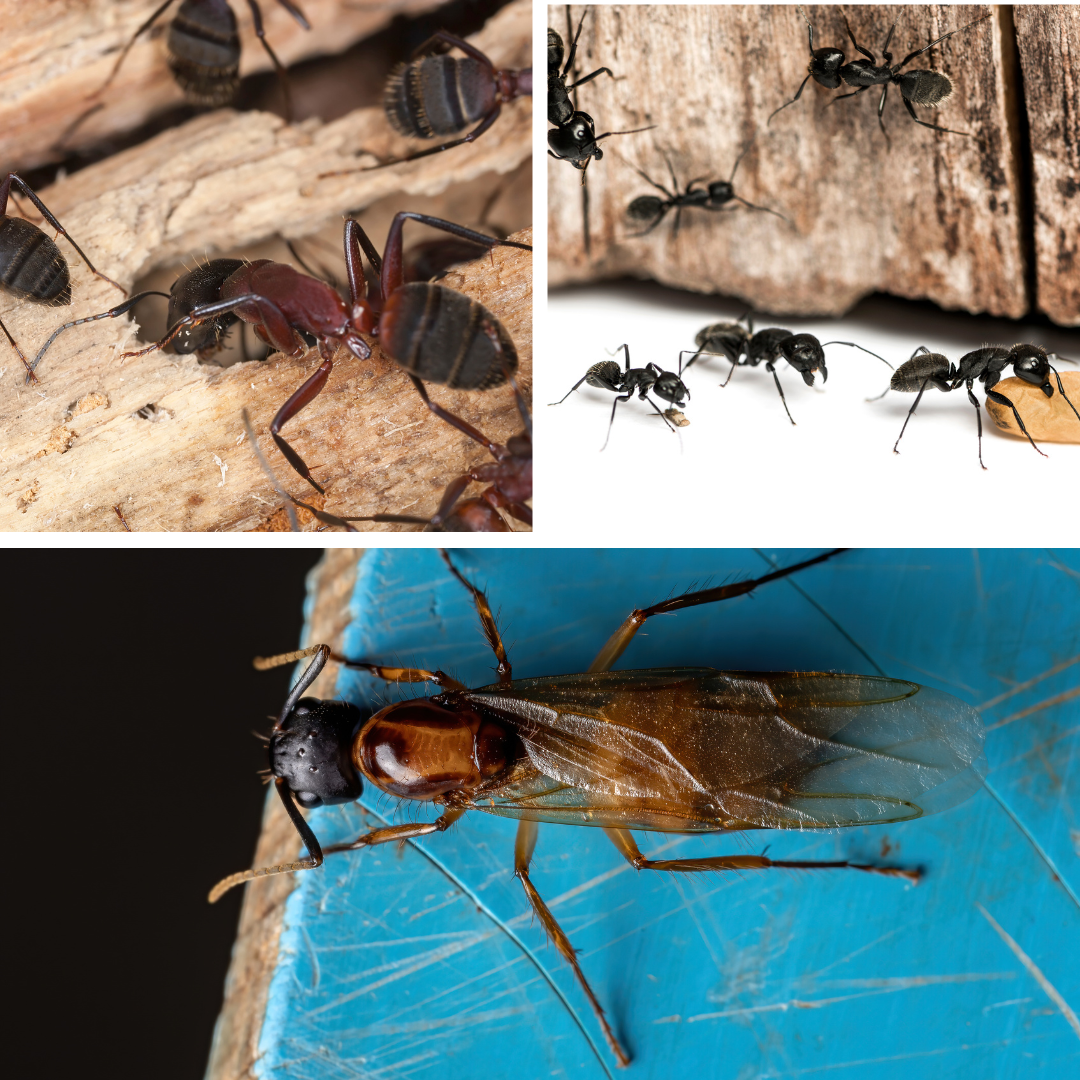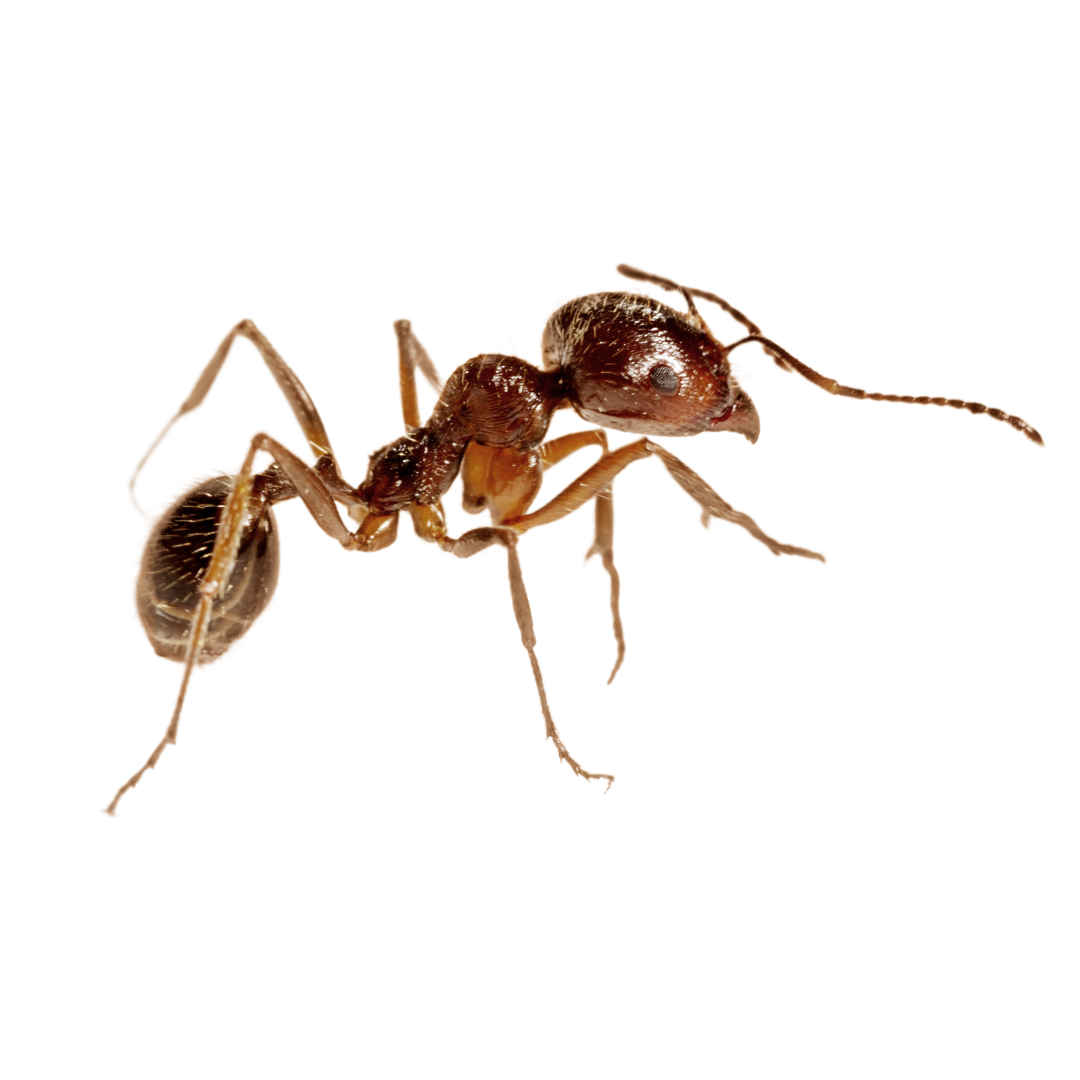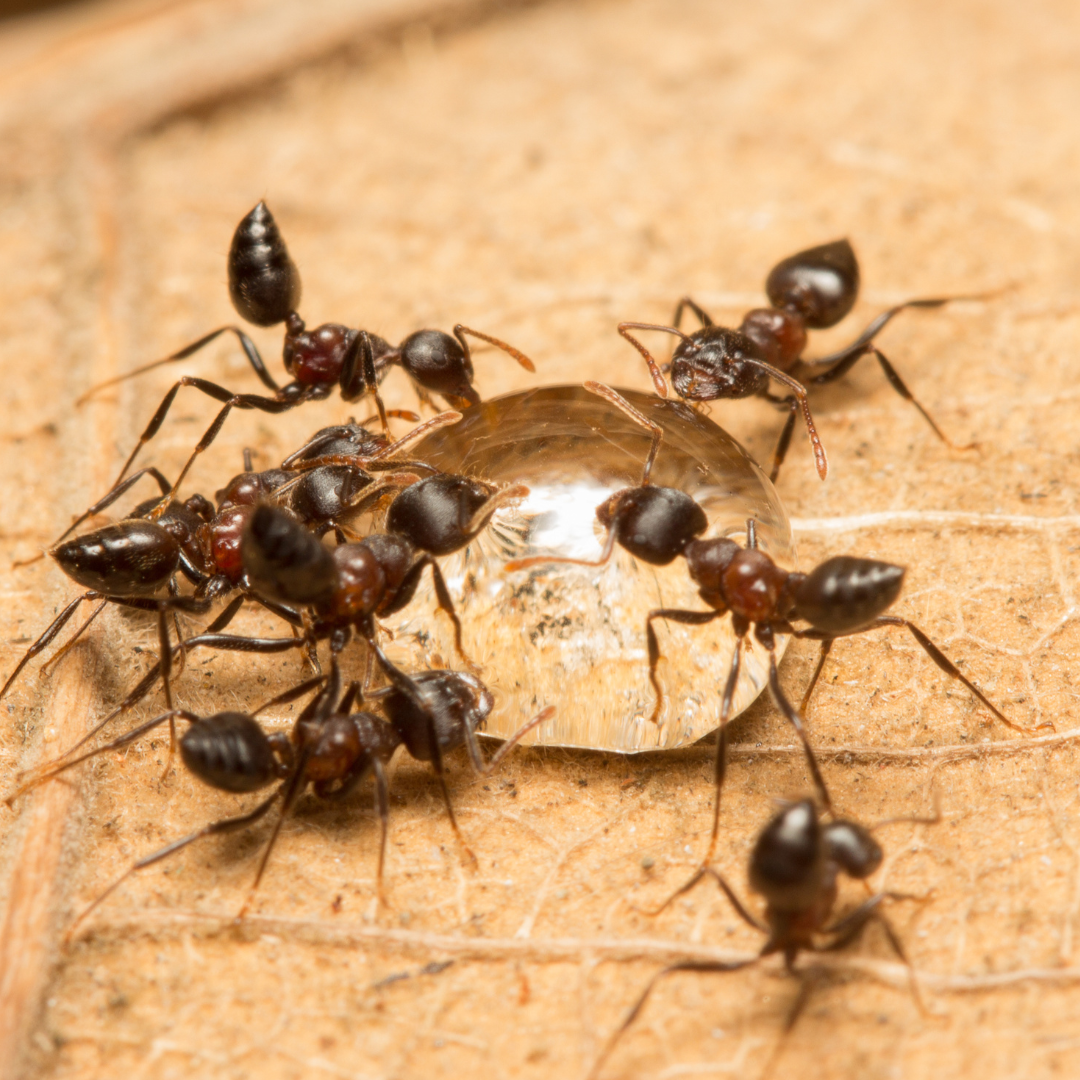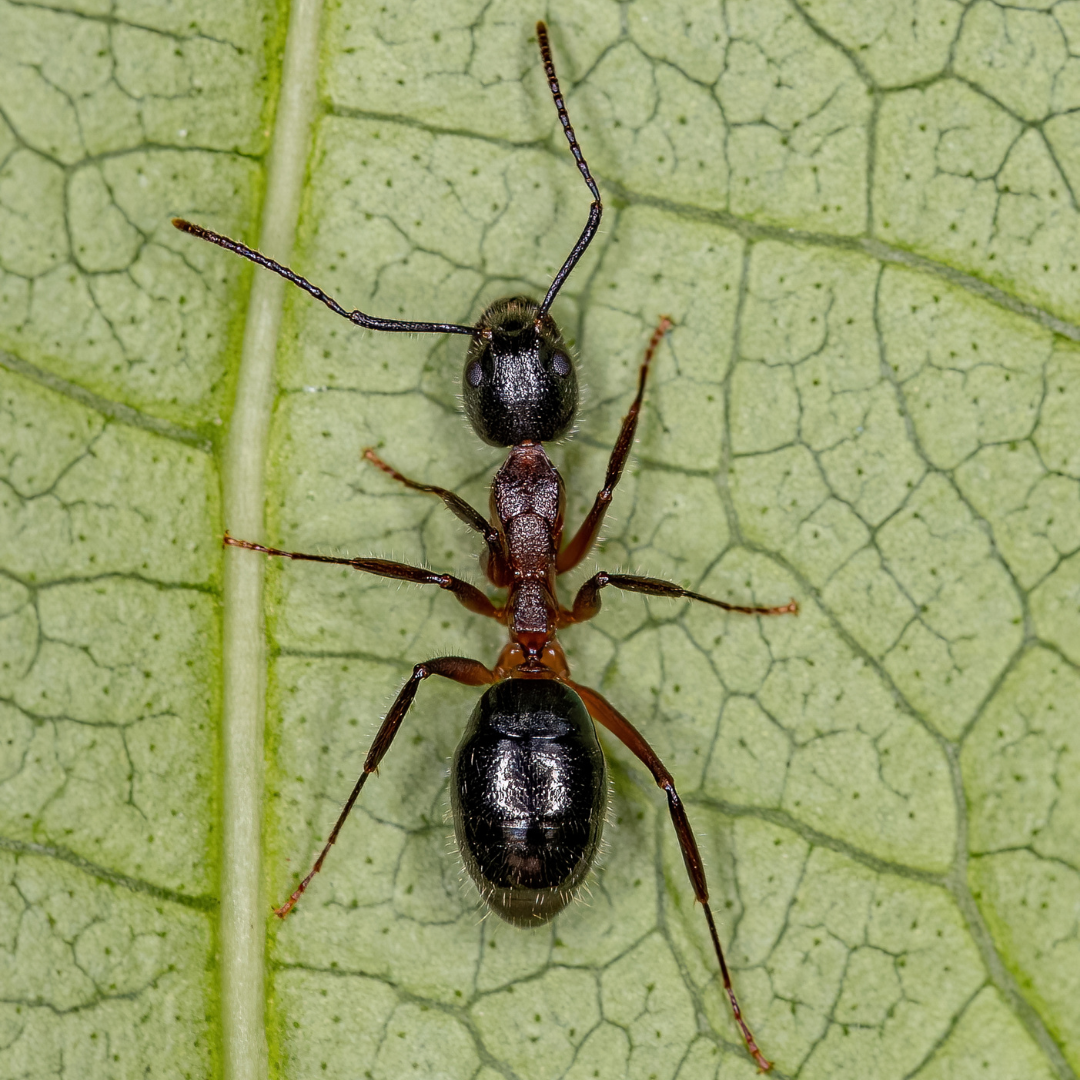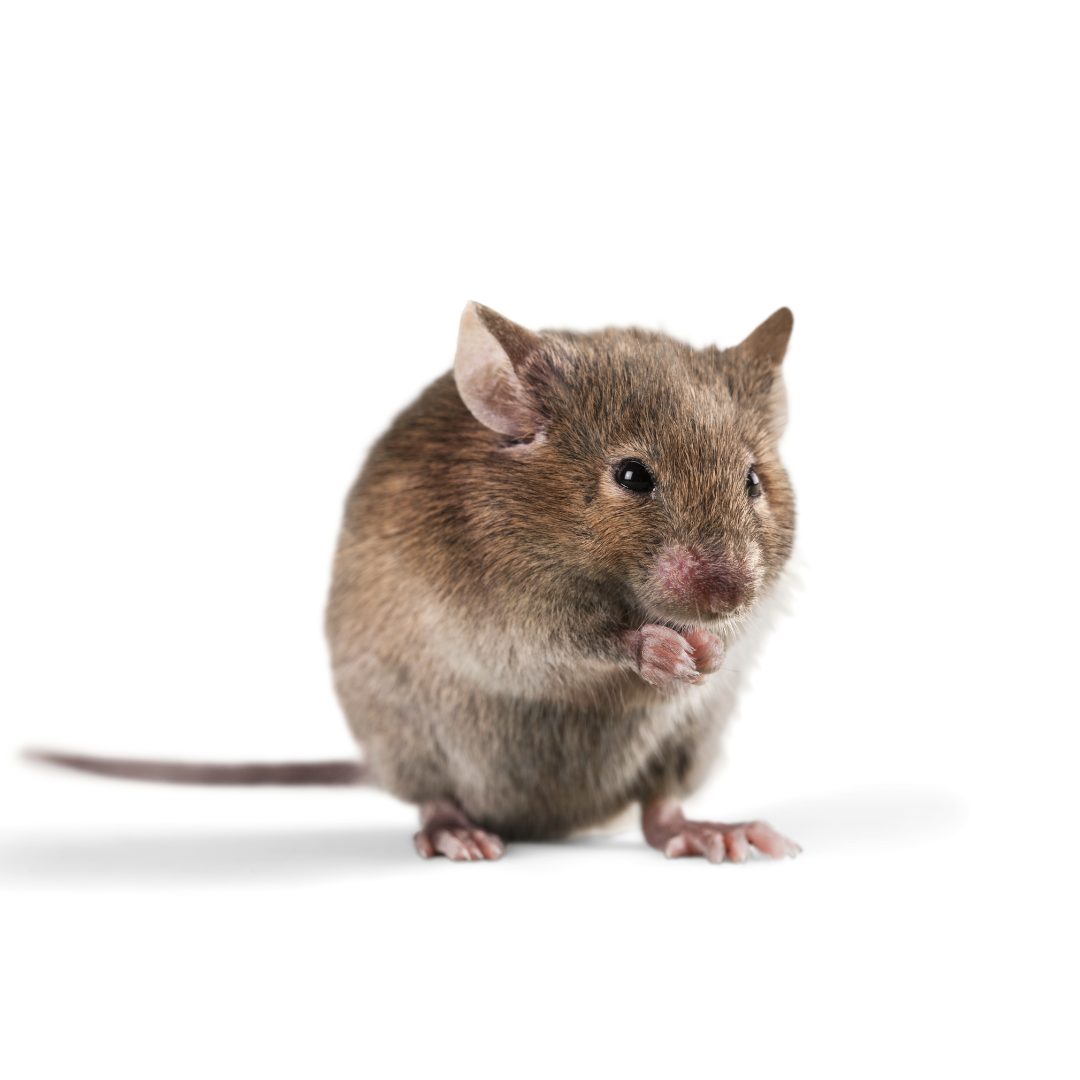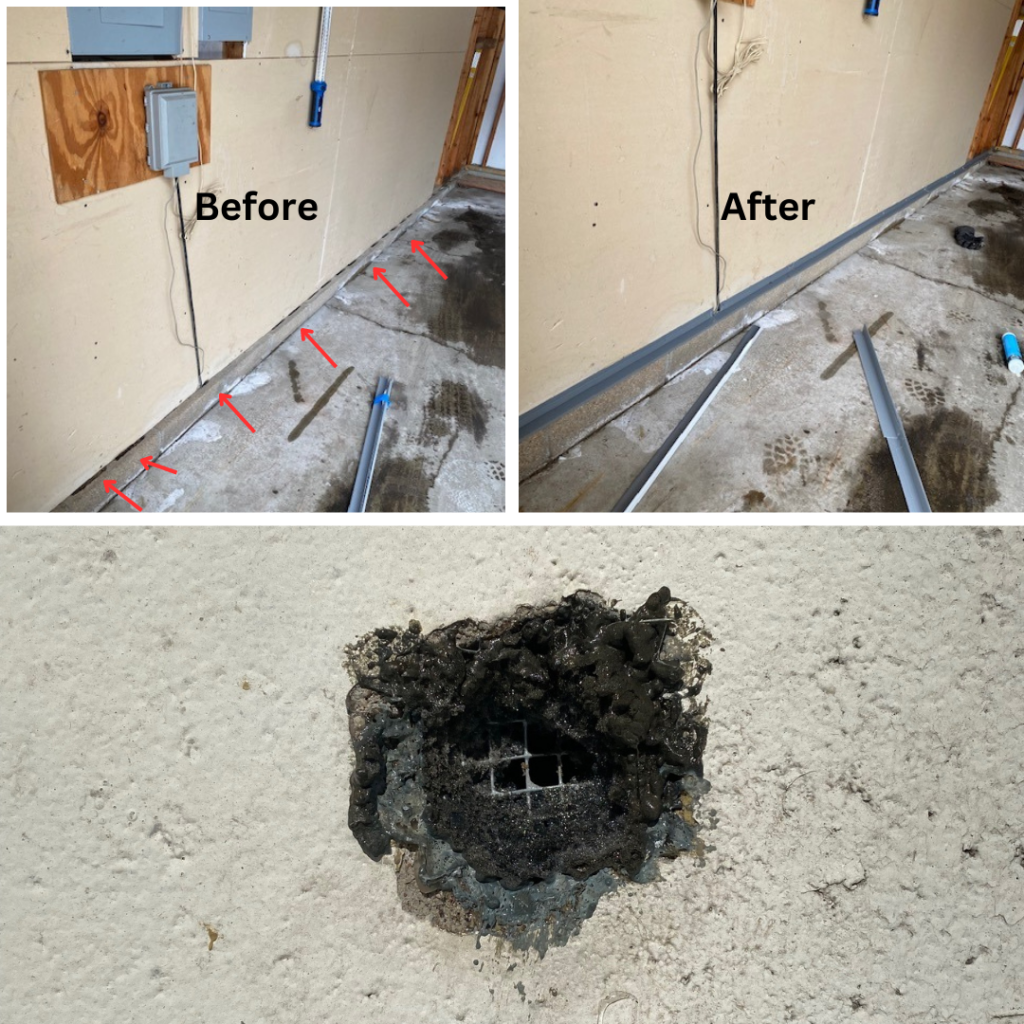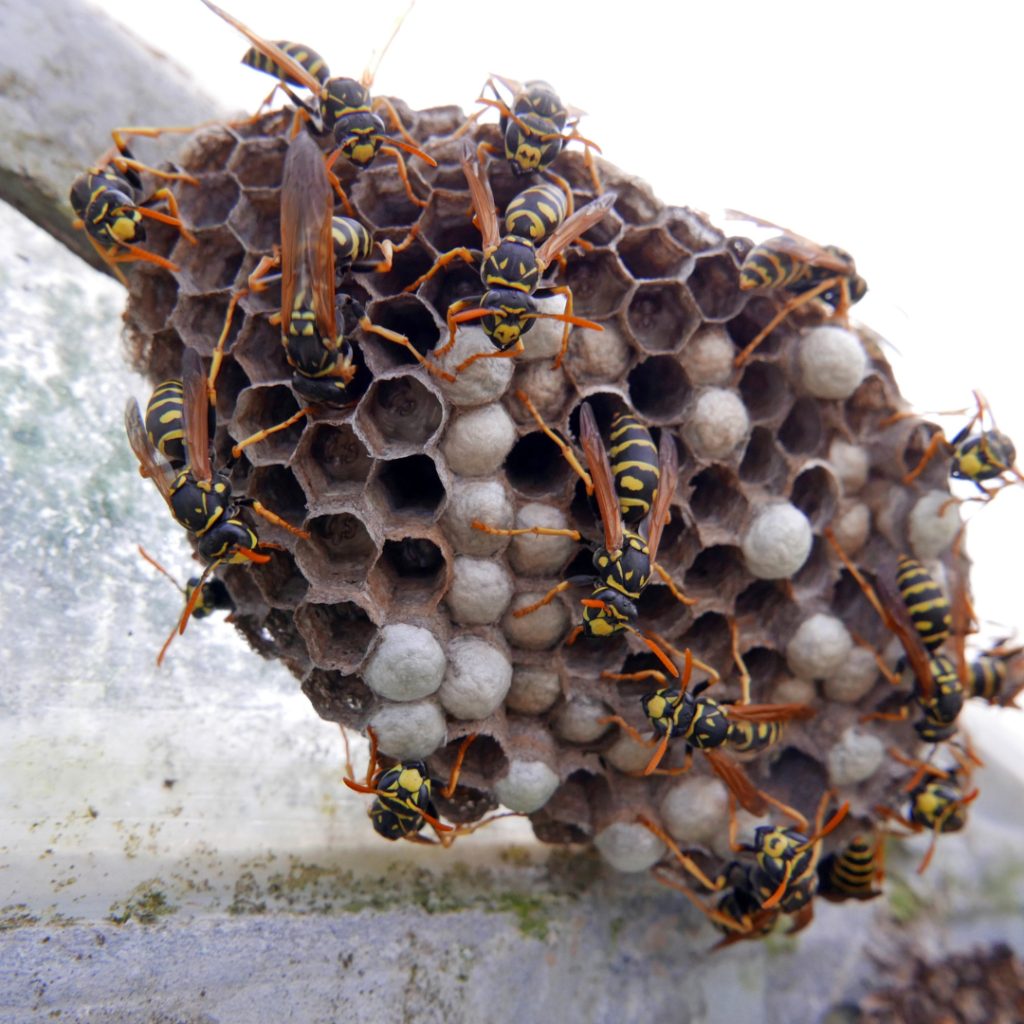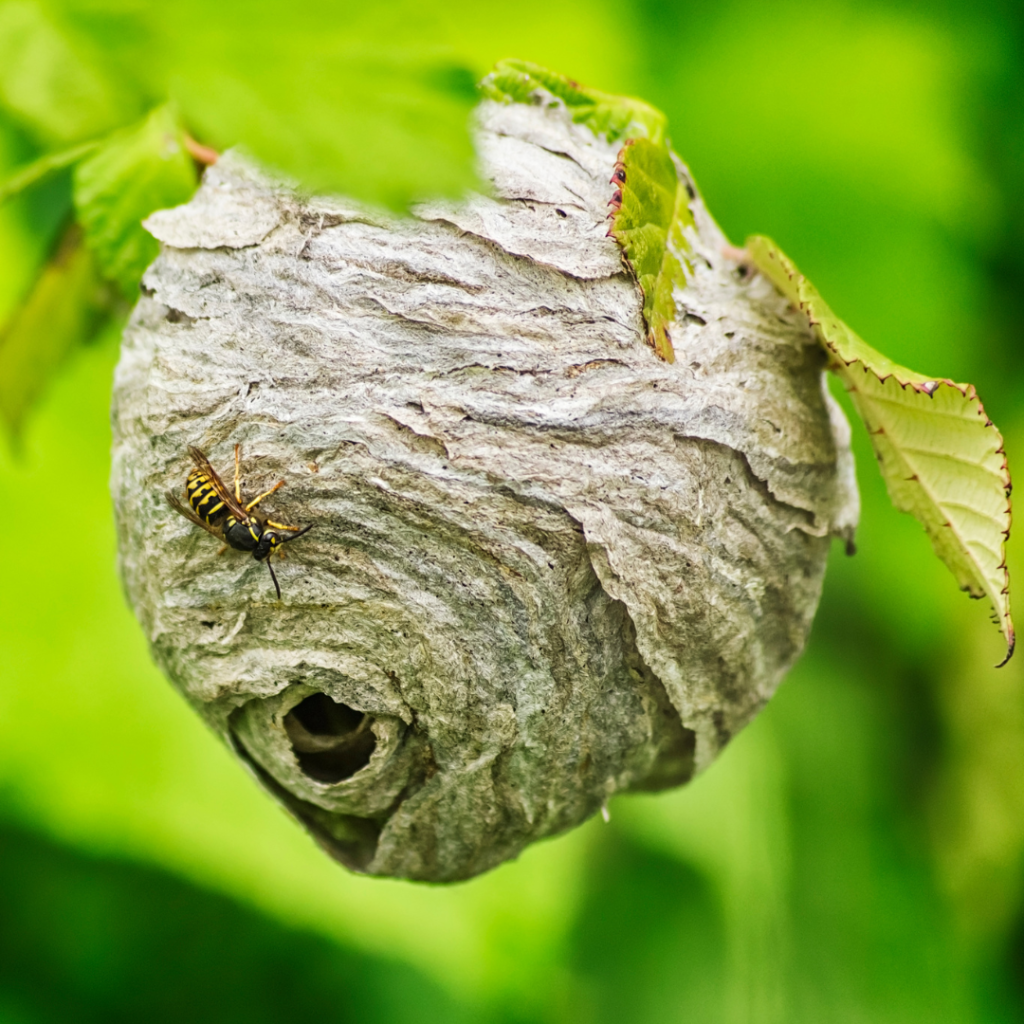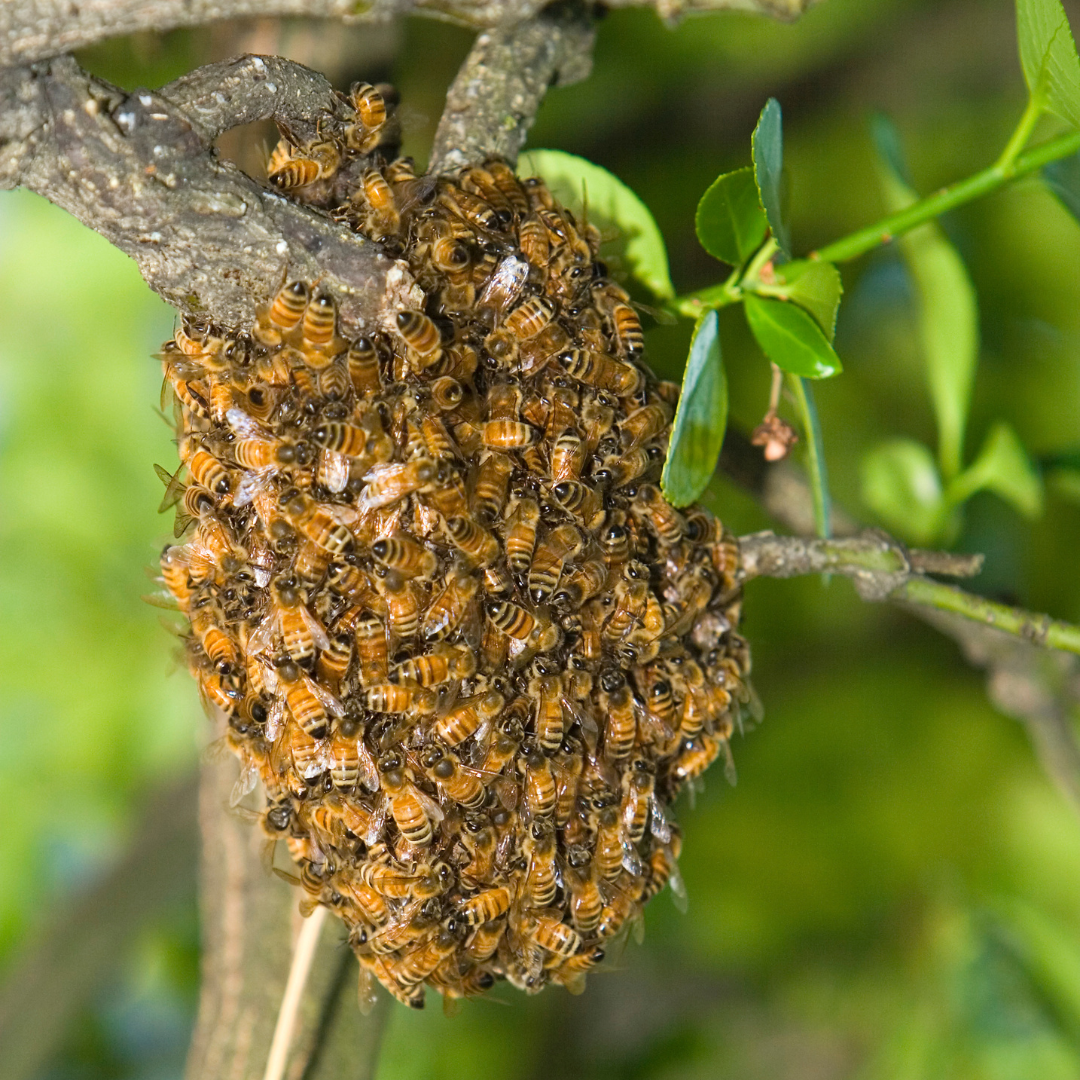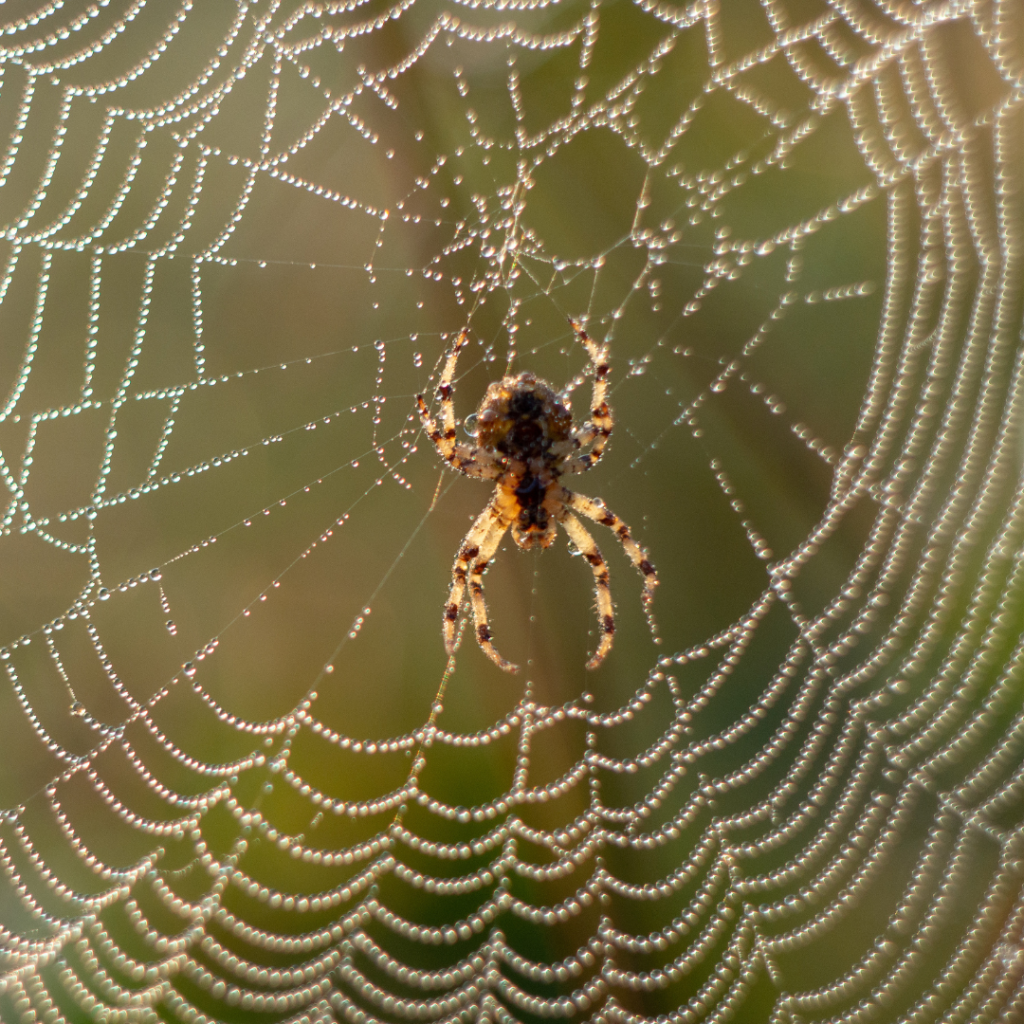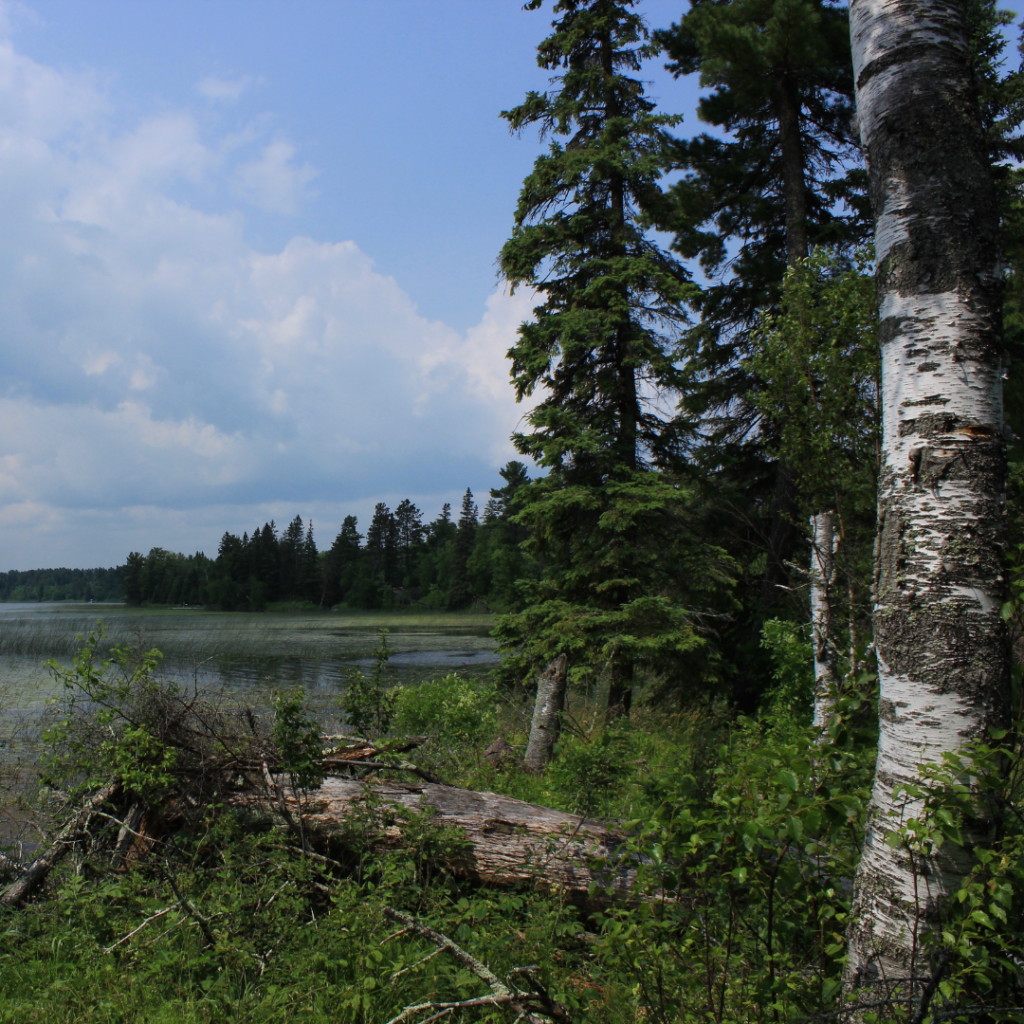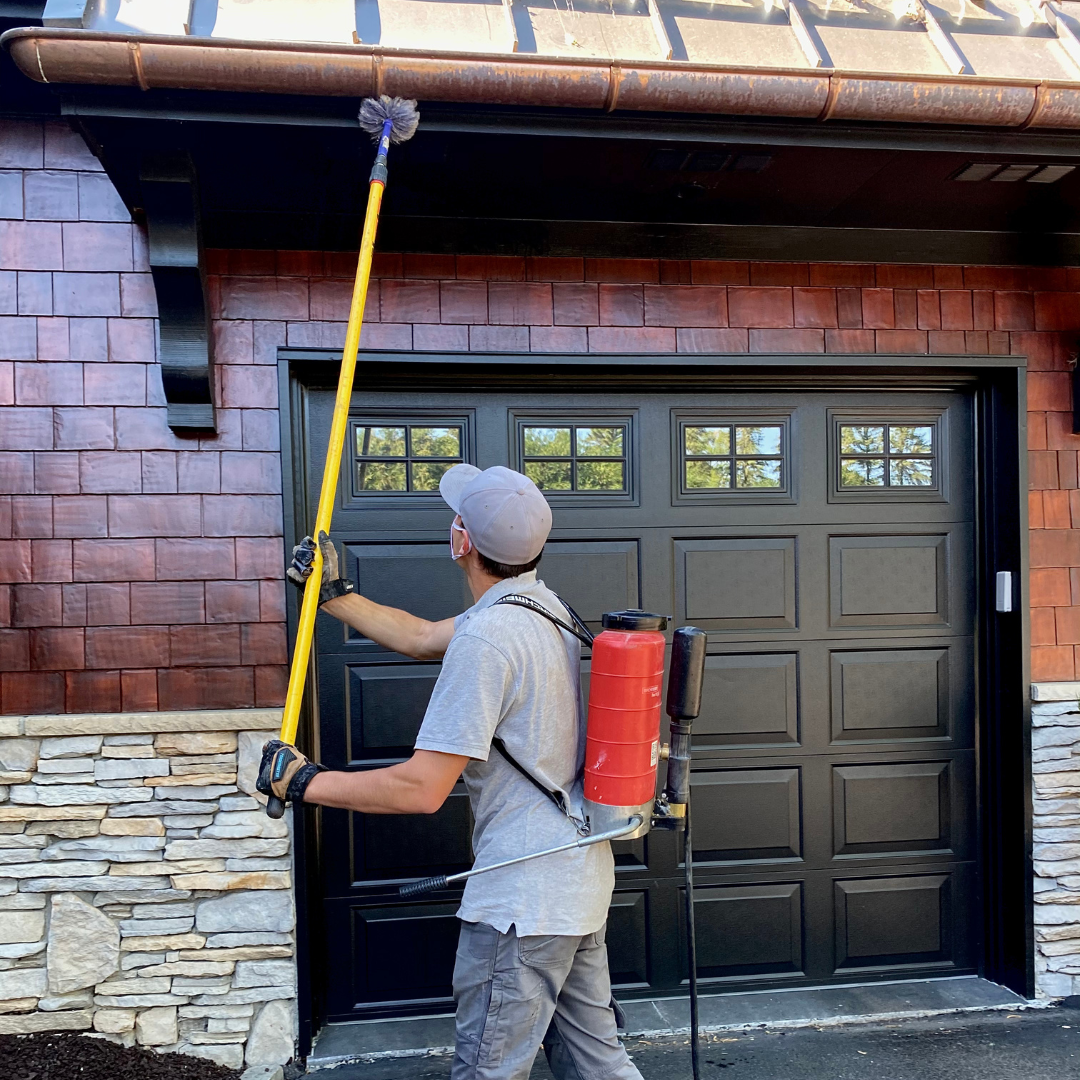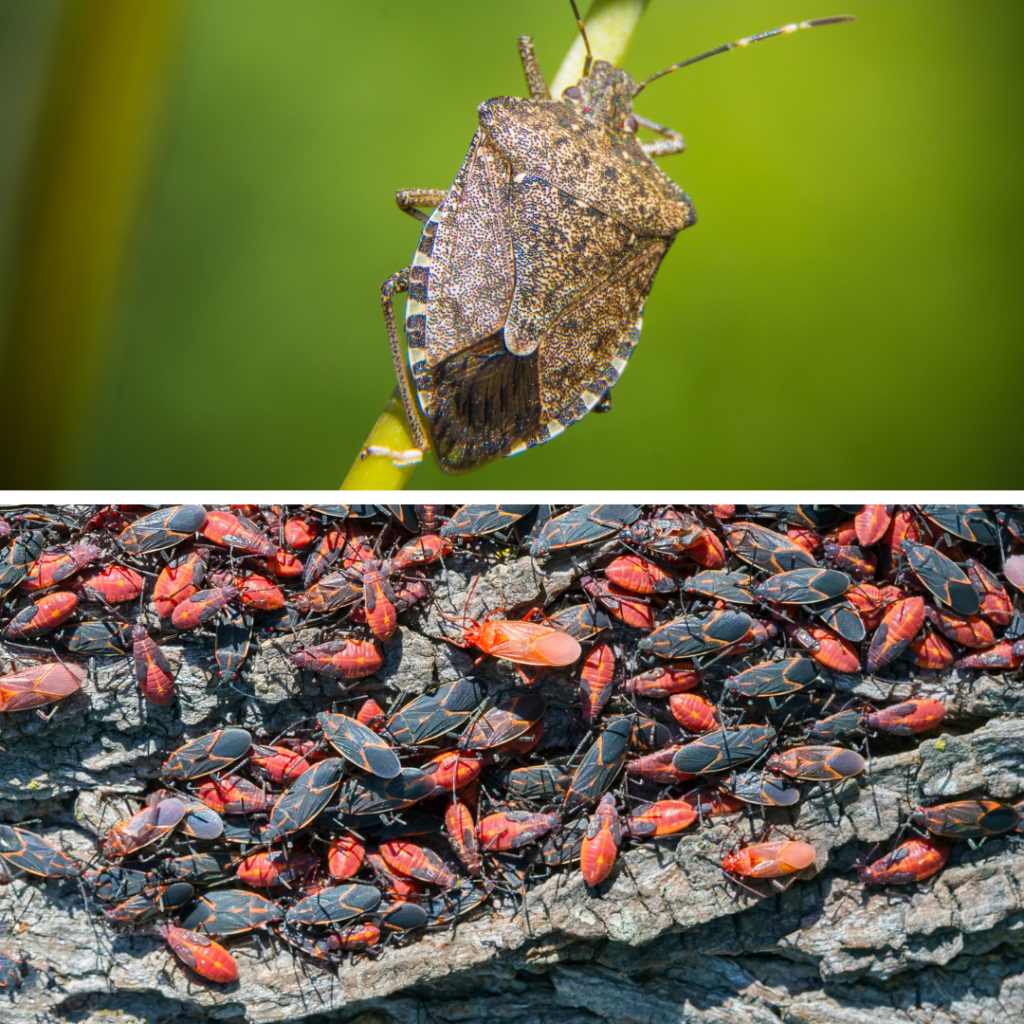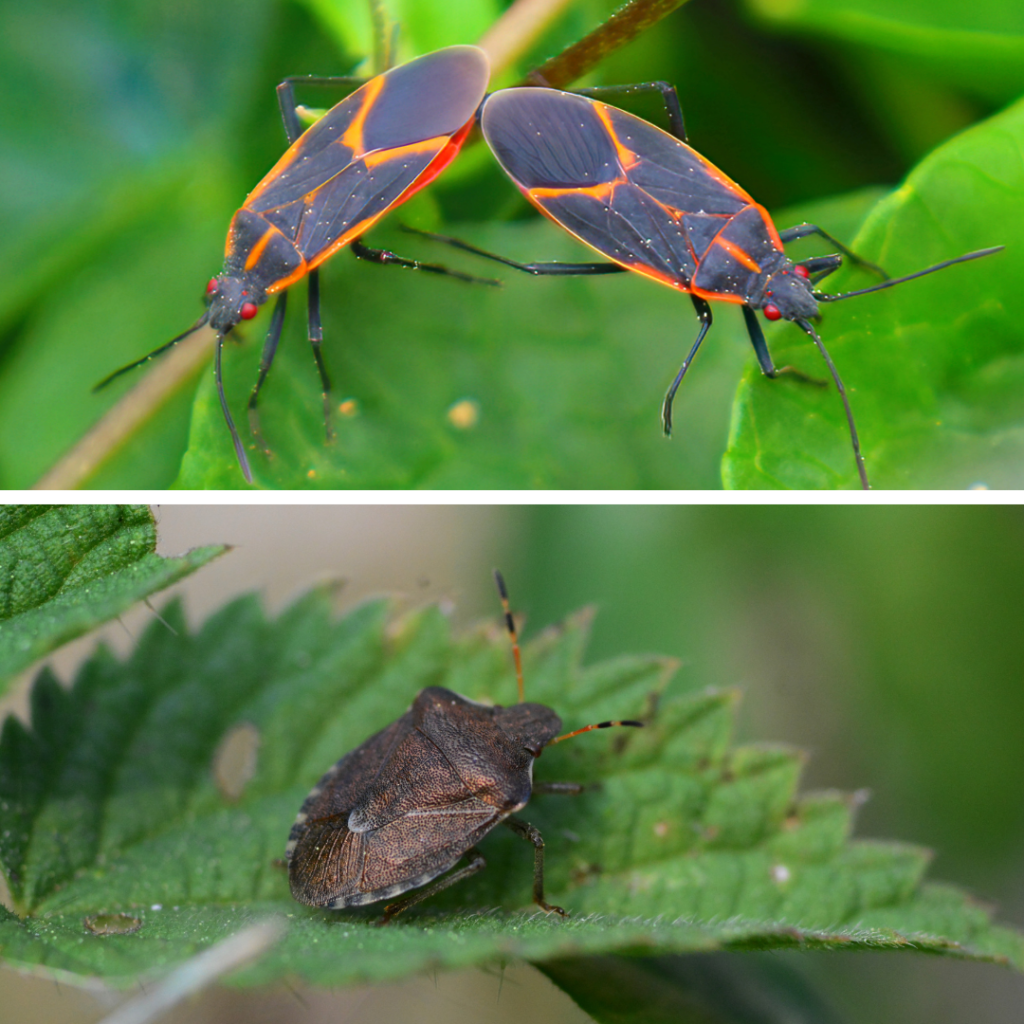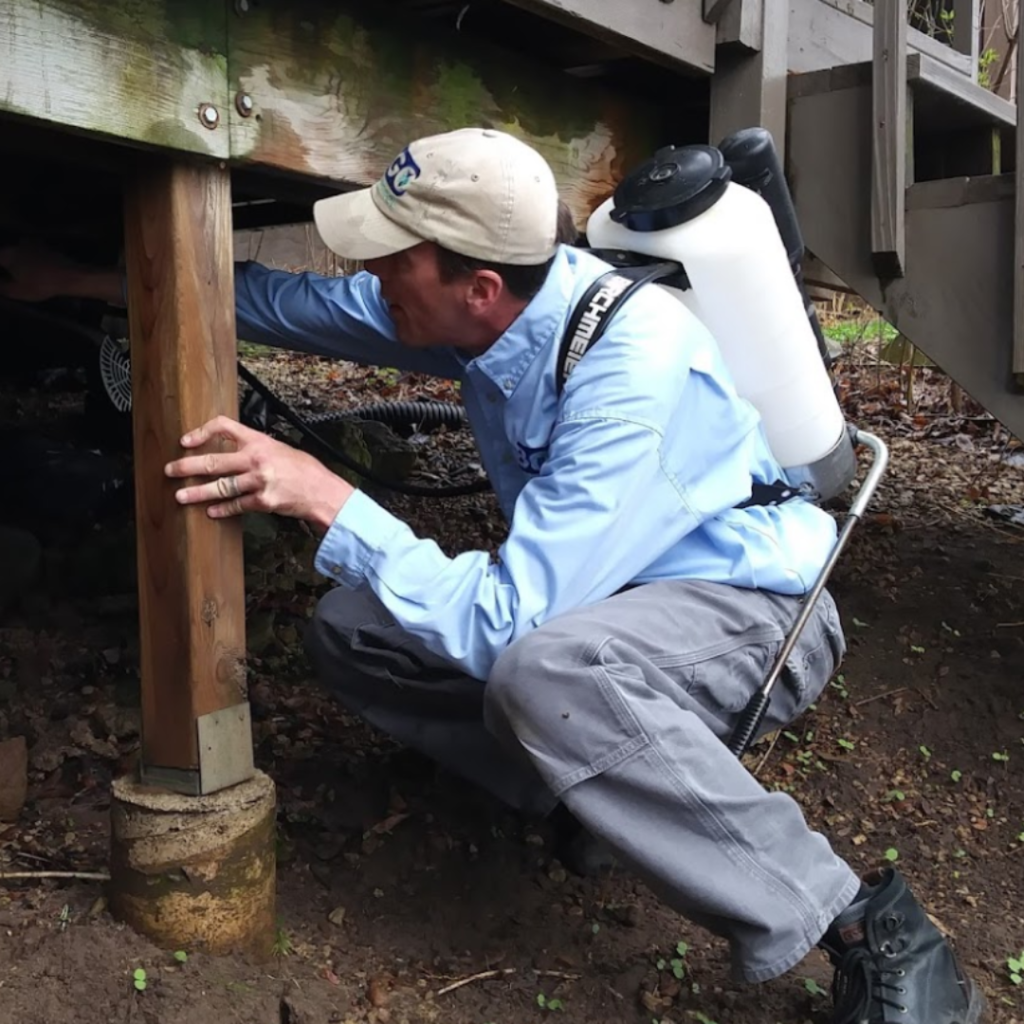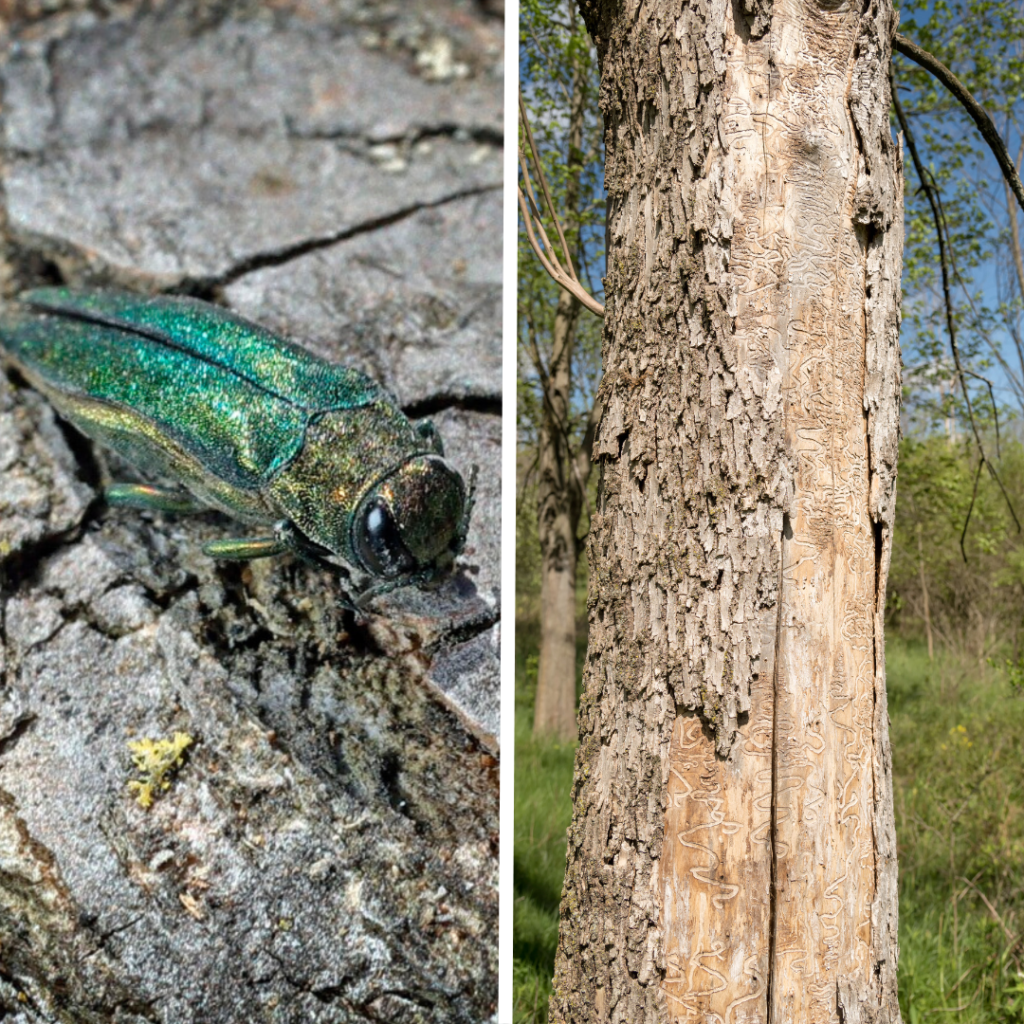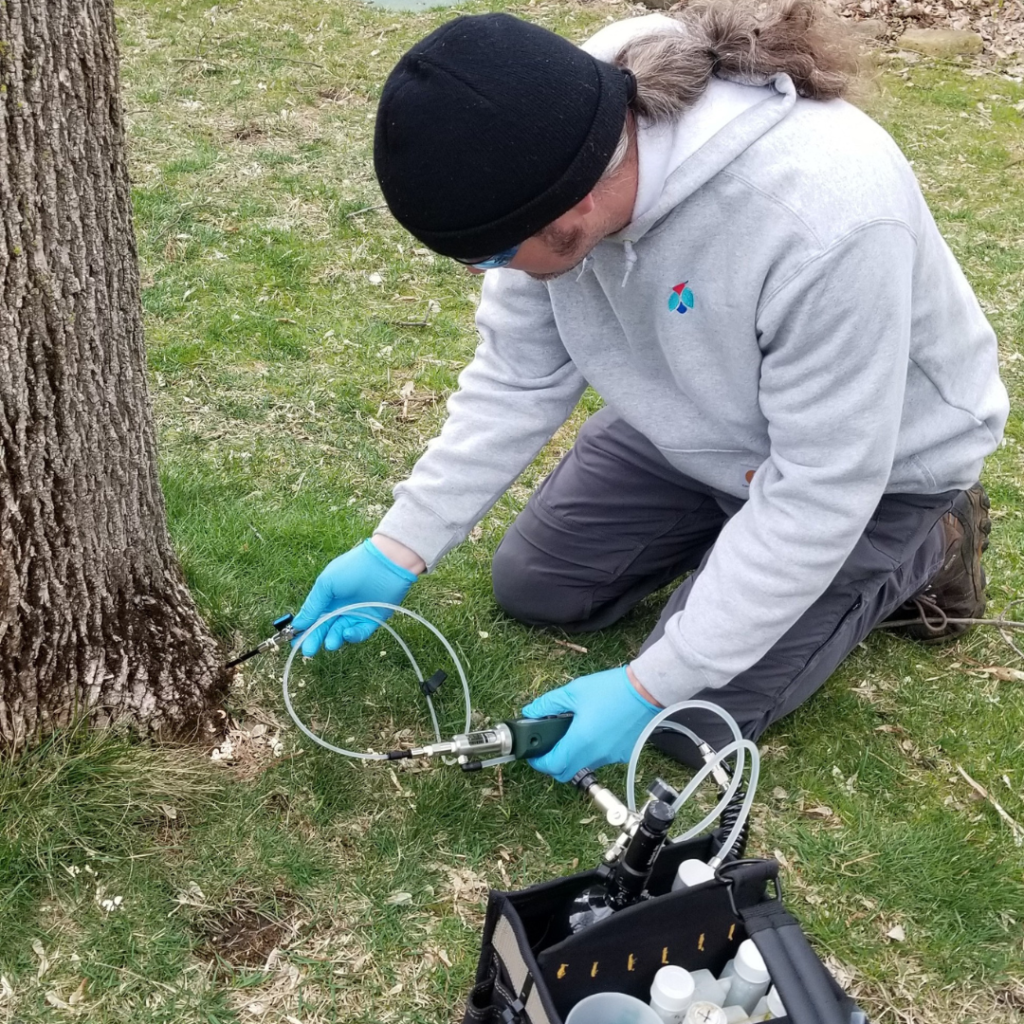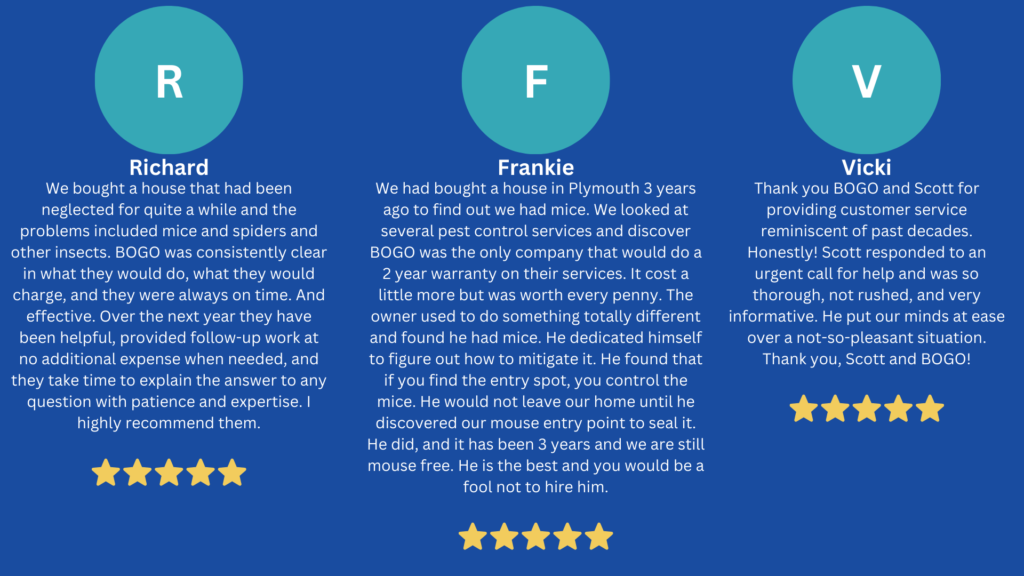Contact BOGO for all your Plymouth Minnesota Pest Control Needs
Plymouth is the 7th largest city in Minnesota and growing larger. There are a lot of reasons why so many people and pests love to live here!
These are the most common pests found in Plymouth Minnesota
(Click on the names to keep from scrolling)
To protect your home from all these insects and more our Insect Protection Plan or IPP is the best option
If you have any questions or concerns or would like to schedule an appointment call us or send us an email
Call Us Today! 952-404-BOGO (2646)
Share This Page!
Ants in Plymouth Minnesota
Carpenter Ants
Carpenter ants can vary in size and color. In the late spring and early summer in Plymouth, the male and female ants can have wings! These ants can be reddish-black or all-black. When they have wings they are a lighter brown. An easy way to tell these ants are apart is by looking at their antennas. When looking closely they are bent in the middle. It is known as an elbowed antenna.
Length: 0.35-0.5 inches
Pavement Ant/Sugar Ant
Pavement ants are reddish-brown or black. They have a thin spine with 2 bumps on the back of their thorax connecting the anterior to the posterior of their bodies. Their antennae are made up of 12 segments with a 3-segmented club. These ants nest in soil under driveways, rocks, and underneath houses with concrete slab construction.
Length: 0.08-0.16 inches
Odorous House Ant
The odorous house ant gets its name from the stench they leave behind after being crushed. Many describe it as a coconut-type of smell. They are attracted to come inside to find moisture and warmth. They mostly feed on sugary foods but will also go after dead insects and grease.
Length: 1/16-1/8 inches
Click below to learn about our ant services
To learn more about ants visit our ant identification page
Mice in Plymouth Minnesota
House Mouse
They are known for having pointy snouts, and large rounded ears. In the wild, their fur can vary between grey, light brown, and black. Their tails can measure between 2-4 inches in length.
Length (without tail): 3-4 inches
Weight: 10-25 grams
Lifespan: 1-6 years
Average Vertical Jump: 1-1.5 feet
Deer Mouse
The name deer mouse comes from their similar colors to a deer. With the top fur color being a camouflaging brown or gray and the belly and legs are all white. Deer mice that live in a prairie habitat versus wooded have evolved to have shorter tails since they don’t need to use them for climbing. So their tails can vary in length from 1.8 to 4.0 inches long.
Length (without tail): 3-4 inches
Weight: 10-24 grams
Life Span: 1.5-8 years
Average Vertical Jump: 1-1.5 feet
Mouse Service
Each mouse service we conduct starts with a thorough inspection of the home’s exterior—the inspection is necessary to find the main entry points, limitations, and severity of the problem. Limitations include areas around the home that block us from sealing 100% of the structure. After the inspection, the customer can decide whether they want us to come back. Our seal-up process is even more thorough and we use construction materials to permanently seal the entry points on the exterior of the home.
Learn more about BOGO’s signature mouse service
To learn more about mice and their behavior visit our mouse identification page
Wasps in Plymouth Minnesota
Paper Wasp
Regular paper wasps have brown and yellow stripes while European paper wasps are mostly black and yellow. They feed on other insects, sugar from fruits, and the nectar of flowers. Their nests are made up of a papery pulp with a comb of cells that are not enclosed inside a protective layer. They also do not reuse a nest the following year.
Length: 0.5-1.0 inches
Yellow Jacket
These wasps are bright yellow with black stripes that contain black diamonds or triangles going down their abdomen. Their diet consists of mostly insects but they also eat juices from fruits on trees and in late summer and fall they can be found scavenging for human food and beverages. Their nests can be found underground in rodent tunnels, trees, logs, exterior foundations, and siding. These wasps can also make aerial nests in branches. They build a new nest every year.
Length: 3/8-5/8 inches
Baldfaced Hornet
These hornets are mostly black with white or off-white markings on their abdomen and head. They build large aerial papery nests. They build their nests at least 3 feet off the ground but can be up as high as 60 feet or more. Their nests can grow to be 24 inches in height and 18 inches across. They’re known for eating other insects which includes eating other yellow jackets. When there are fewer insects late in the year their diet changes to nectar and other forms of carbohydrates.
Length: 7/8-1.0 inches
Honey Bee
Their abdomens have black stripes and golden brown. Unlike wasps, they are covered in short hairs along their thorax. Their diet is strictly just nectar and pollen which they retrieve from flowers. You can also see them drinking from bird baths, puddles, and other small bodies of water. Besides nesting in manufactured bee hives they also build nests inside trees, cracks on the outside of buildings, or in the ground.
Length: 0.5 inches
Click below to learn about our wasp services
To learn more about wasps and bees visit our identification page
Spiders in Plymouth Minnesota
Behavior
There are two types of spiders. Web-building spiders and hunting spiders. One of the most common web-building spiders in Minnesota is the common house spider. They construct most of their webs in corners near the ceiling or floor inside or outside of homes. Some of the most common hunting spiders in Minnesota are the wolf spider and the jumping spider. These spiders do not build webs. The wolf spider is large and grows to be 0.25-1.0 inches long. Spiders play an important role in our ecosystem by eating insects that carry diseases and they themselves are also food for other animals such as birds, wasps, and mammals.
Habitat
Spiders thrive in wooded and wet habitats. Areas near bodies of water are especially susceptible to a higher population of spiders. The reason these habitats attract spiders is that they also attract other insects which the spiders eat. When spiders are found inside they are attracted to moisture-heavy areas. This includes basements, bathrooms, and attics.
Spider Service
For BOGO pest control our spider treatments are most effective when used on the exterior of the home. We do not spray on the exterior in the winter. When spraying the exterior of the home we focus on treating around windows, doors, corners, soffits, and foundation. A few tips to prevent spiders from getting inside include; checking weather stripping under doors, and window screens and sealing cracks along the foundation and siding.
Click below to learn more about our Spider Service
To learn more about spiders read our blog “We Love Living Near Woods and Water and so do Spiders!”
Boxelder Bugs and Stink Bugs in Plymouth Minnesota
Behavior
Stink bugs and boxelder bugs start mating as soon as the weather starts warming up. They lay their eggs in mid-summer from July into August. Boxelder bugs lay their eggs on female boxelder trees. These are the trees that drop helicopter seeds. The eggs hatch in 10-14 days. Stink bugs lay their eggs in late spring. Their eggs stick to the bottom of various leaves and they hatch after 5 days. When seeing these insects inside your home in the winter they are not mating or laying eggs.
Habitat/Diet
Stink bugs in the spring and fall live in large agricultural fields. They feed on beans, apples, sweet corn, grapes, and tomatoes. In the fall they fly to buildings and homes to find places to overwinter. Boxelder bugs spend most of their time around female boxelder trees. The boxelder bugs mostly feed on the helicopter seeds from the trees. They also eat plant juices from apples and plums. Boxelder bugs also try to find their way inside structures to overwinter.
Boxelder and Stink Bug Service
Treatments for boxelder bugs and stink bugs are more effective when the treatment is done in the fall. It’s important to treat the exterior of your home before the insects start landing on your home. Another way to keep them from getting inside is to make sure your window screens, weather stripping, and foundation are in good condition. These insects are able to crawl through the smallest cracks and crevices to enter your home.
Click below to learn more about our boxelder/stink bug service
To learn more about stink bugs and boxelder bugs read our blog “Minnesota Fall Pests.”
Ash Tree Service in Plymouth Minnesota
Emerald Ash Borer Behavior
The emerald ash borer is an invasive species that came from northeastern Asia. It’s speculated that they hitchhiked their way inside wood packing material. Since they first came to Minnesota in 2009 a majority of the ash trees now are infected or dead. They use ash trees as host plants and lay their eggs on the bark. When the eggs hatch the larvae chew through the bark and live inside the cambium layer. This layer of the tree is the outermost ring of the tree. When they feed on this layer the trees no longer can transfer nutrients and water to all of the branches and leaves of the tree. A tree that is too far gone to save has bark falling off or the canopy has less than 50 percent of its leaves.
Ash Tree Service
The ash tree service we provide uses the most effective treatment in the industry. Bogo treats trees using pneumatic micro-injections. This treatment starts by drilling multiple injection points around the base of the tree. After each hole is drilled we measure and inject the same amount of product into each injection point. This makes the product spread evenly throughout the entire tree. It also makes it possible to make sure the tree takes up the product at each injection point. Our service needs to be done every 2 years. Most other ash tree treatments do everything simultaneously. This makes it impossible to know if all the roots received the correct dosage to keep the tree alive.
For more information about the emerald ash borer in Plymouth Minnesota
Learn more about the benefits of treating your ash trees
To protect your home from all these insects and more our Insect Protection Plan or IPP is the best option
BOGO Provides Pest Control Services For the Twin Cities and Beyond! Just a Few Cities We Service For Include;
Anoka|Apple Valley|Bloomington|Burnsville|Coon Rapids|Champlin|Chanhassen|Deephaven| Delano|Eagan|Eden Prairie|Edina|Elk River|Excelsior|Golden Valley|Independence|Lino Lakes|Long Lake|Maple Grove|Maple Plain|Medina|Minneapolis| Minnetonka|Minnetrista|Mound|New Brighton|North Oaks|Orono|Prior Lake|Plymouth|Ramsey|Rogers|Shoreview| Shorewood|Stillwater|St. Louis Park|St. Paul|Victoria|White Bear Lake| Wayzata|Woodbury|
(Click on the cities to learn about what pests to watch out for in your area)
If you have any questions or concerns or would like to schedule an appointment call us or send us an email
Call Us Today! 952-404-BOGO (2646)




